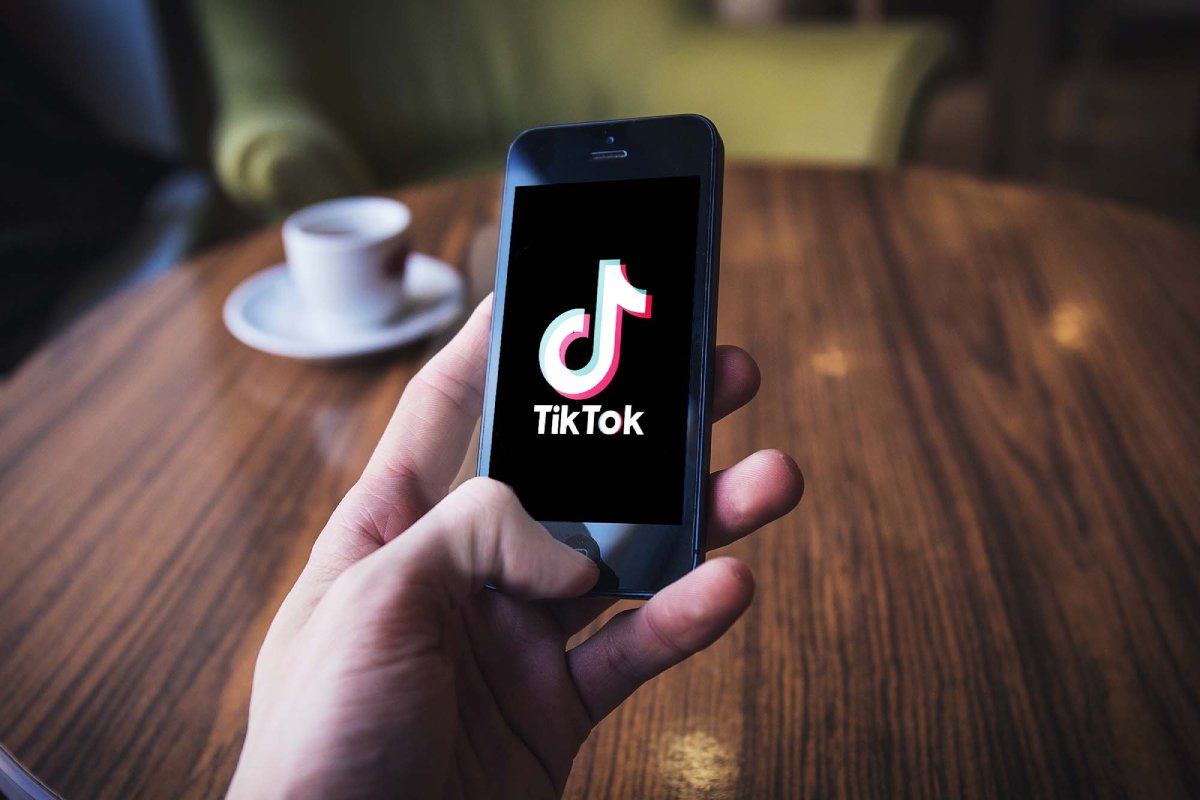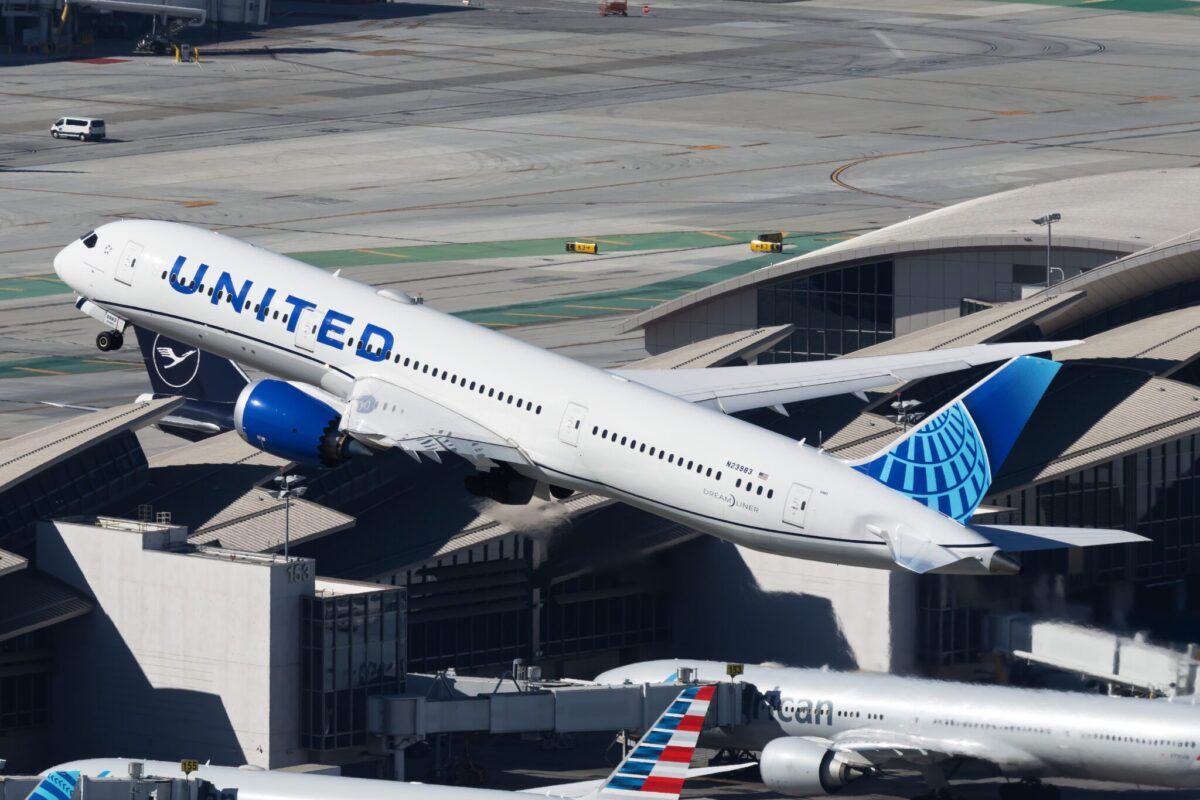Understanding What Travelers Want Most From Loyalty Programs in 2024

Skift Take
This sponsored content was created in collaboration with a Skift partner.
The loyalty landscape is more competitive than ever. According to Bond Brand Loyalty, the average consumer is active in more than 16 loyalty programs. How can hotel brands stand out with so many choices competing for a share of mind and wallet? It starts by listening to loyal guests, understanding what they value most, and delivering a program that meets their needs.
The new “What Travelers Want Most From Loyalty Programs” report from Global Hotel Alliance (GHA), a collection of 40 independent hotel brands with more than 800 hotels in 100 countries, provides an in-depth look at the competitive loyalty landscape and quantitative research exploring the travel preferences of members of its loyalty program, GHA Discovery, with insights into why loyalty programs play a key role in the decision-making process for travelers.
“Travelers care most about enjoying high-quality accommodation in a convenient location, but now loyalty programs come in right behind that, far above other factors such as brand affinity or even customer service,” said Kristi Gole, executive vice president of strategy at GHA. “Travelers appreciate the added value that loyalty programs provide and seek out hotels that will recognize and reward them accordingly.”
The Most Valuable Benefits Across Tiers
Based on more than 5,500 responses from GHA Discovery members globally, the report asked about the functional and emotional aspects of the loyalty experience to understand what members value most.
“Time and time again, we hear it’s most important to just get the basics right,” said Gole. “Members value guest recognition and benefit delivery most. The core value proposition of recognizing loyal members at every touchpoint, proactively delivering on the in-hotel perks they’re entitled to with their status, and having a seamless experience at the hotel is essential.”
According to the report, the top benefits members are looking for include room upgrades, complimentary breakfast, and late checkout — surpassing discounts, rewards, and exclusive access. The importance of these benefits increases with tier status, with members in higher tiers more likely to expect recognition and generous program benefits like upgrades. Meanwhile, lower-tier members over-index in wanting immediate perks such as dining and room discounts.
“Hotels can appease both groups by offering a range of benefits that cover tangible elements for all members and more generous perks for those who qualify at higher tiers,” Gole said. “For example, based on increased member demand, we’re rolling out complimentary breakfast at select brands for our top-tier members who book directly. While adding this benefit is costly, particularly at our European hotels, even a small increase in member retention and engagement more than offsets the cost.”
Differences in Benefit Preferences by Market
The report ensured a representative response across 10 key markets to compare the results — and while most of the findings were consistent, some geographic variances emerged.
Members in the U.S., Australia, and Singapore value hotel location more than members in Thailand, India, and China. Affordability and discounts are appreciated most in Australia and Singapore, while the perception of generosity is far more critical in China. In India, members seek programs that make them feel valued and important while having higher expectations for customer service.
“Hotels can adapt their loyalty program offerings and marketing strategies to the local needs and priorities of their guests, but they need to keep their finger on the pulse to ensure relevance,” Gole said.
How GHA Discovery Stands Out From the Competition
With so many loyalty programs competing for attention, independent hotels must hone in on their strengths and points of differentiation, aligning that with what their customers value most.
“It was interesting to see that our top-tier members are also top-tier in several other programs,” Gole said. “You’d think that if someone spends more than 30 nights a year in your hotels, you’re capturing most of their travel wallet. But it’s important to remember that travelers are frequently experiencing other programs and their expectations are set by the best of them.”
According to the report, most members associate GHA Discovery with luxury and high-quality hotels. They also like the simplicity of the program’s rewards and how they can be earned and spent across GHA’s global portfolio of independent brands.
“We designed our rewards to be as simple and straightforward as cash, which makes it easier to understand and use,” Gole said. “Other hotel programs are confined by large legacy point systems that have increasingly complex rules to accommodate their scale and spread of product segments, so we have an advantage there. And as a private company with several of our brands as shareholders, we have more leeway to respond quickly to changing customer expectations.”
The Role of Partnerships in Enhancing Loyalty Programs
Partnerships allow hotels to offer a broader range of benefits and rewards beyond just room upgrades or free nights. For example, partnering with airlines, car rental services, or retail brands can enable guests to earn points or receive discounts across various services, making the loyalty program more attractive.
“We see great potential with partnerships. Our latest is with Plum Guide, which now rewards GHA Discovery members at 38,000 vacation homes in 700 destinations, giving them more choice of accommodation and more Discovery Dollars (D$) in their wallets to spend at our hotels. We currently have over 30 other partnerships in place, largely to drive qualified customer acquisition, and we plan to partner with more airlines and restaurants going forward, as these are the top two categories valued most by respondents across all markets and tiers,” Gole said.
The Future of Hotel Loyalty
As hotel loyalty continues to evolve, Gole predicts that programs characterized by more narrow, specific offerings and a clear identity will distinguish themselves from those that merely pile on more benefits.
“Programs that can clearly articulate their purpose and deliver benefits that resonate with the needs and preferences of their members will succeed,” Gole said. “We believe the insights garnered from this study are relevant and a good reminder to the broader industry how we can all enhance customer satisfaction and loyalty.”
This content was created collaboratively by Global Hotel Alliance and Skift’s branded content studio, SkiftX.





